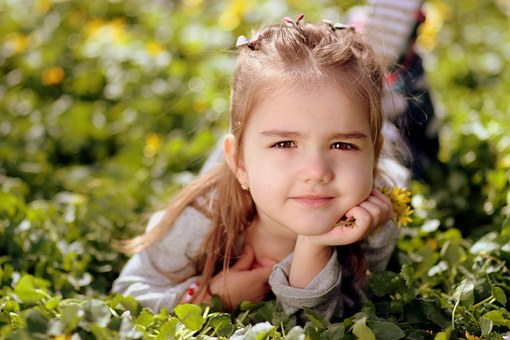 Guiding Children through the Headlines – a guide on how to explain and support children when the news is filled with tragedy and horror. The recent terrorist bomb attack in Manchester, at the Ariana Grande concert, really hit home for many parents who were at a loss as to how to explain to their children the complex nature of such a shocking event.
Guiding Children through the Headlines – a guide on how to explain and support children when the news is filled with tragedy and horror. The recent terrorist bomb attack in Manchester, at the Ariana Grande concert, really hit home for many parents who were at a loss as to how to explain to their children the complex nature of such a shocking event.
For children in particular, the constant stream of saddening events can lead to anxiety and create real fear. But what do we do and say to them? Here childcare expert Kristen Harding shares her guide for parents, carers, teachers and all those who care about how these stories impact young minds.
Filter out the fear
The vast majority of news that is circulated via television, the internet and social media is aimed directly at adults for their consumption, rather than being tailored for a young audience. Ideally, news should be conveyed to children in a much more gentle way, or in some cases not at all. Therefore it is a good idea to make use of parental controls. These are a good way of filtering which news you’d like your children to see. They are available to use on phones, computers and televisions.
Be mindful of your own reactions
If you are watching the news in the company of your child, they will have a close eye on you and will base their reactions on how you react. It is therefore advisable to be careful with how you act when watching the news. Keep a level head and stay calm and rational when scrolling through the headlines.
Don’t make it a taboo
One of the worst things you can do is ignore the situation and assume that your child is managing okay. Don’t be afraid to communicate about what is happening in the news, by hearing about their thoughts and worries you are able to discuss the issues and start to put their mind at ease.
Playground tales
As well as technology, one of the most common sources of information for young children is via word of mouth from their friends and school mates where the information may have drifted from the truth, so by discussing the issues you may also be able to clarify any facts they have gotten wrong. By not communicating, children can often allow their imaginations to run away with them and will build their worries into much bigger issues inside their heads!
Explain the bigger picture
 It can be difficult for children to contextualise the news headlines they see on TV, which means they can sometimes overreact to what they see. By explaining the background to the story, children can get a better sense of control and security. You can then discuss and explore ways in which you can help those affected. This is a good opportunity to turn the conversation towards people’s brilliant ability to pull together in the face if tragedy, which has been displayed so well in recent weeks!
It can be difficult for children to contextualise the news headlines they see on TV, which means they can sometimes overreact to what they see. By explaining the background to the story, children can get a better sense of control and security. You can then discuss and explore ways in which you can help those affected. This is a good opportunity to turn the conversation towards people’s brilliant ability to pull together in the face if tragedy, which has been displayed so well in recent weeks!
Each child is different
No two children are the same, make sure you engage carefully with your own child to discern what affects them and to what extent. Some children are able to see headlines about threatening events or see saddening images or videos and handle it without trouble, but others will be effected much more deeply.
In today’s world, the headlines are unavoidable. But by following these steps you are able to have far better control of how your child reacts to them.
Kristen Harding from childcare agency Tinies – Tinies is a leading childcare specialist, with over 40 years’ experience helping families, nurseries and other childcare settings find the right childcare professionals to suit their needs – find out more here: www.tinies.com













